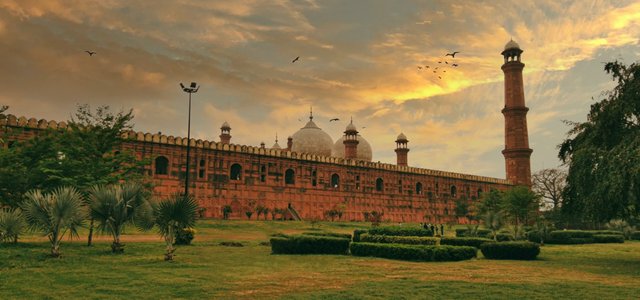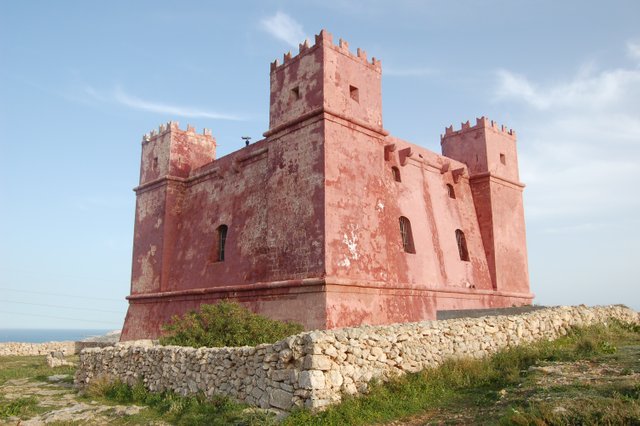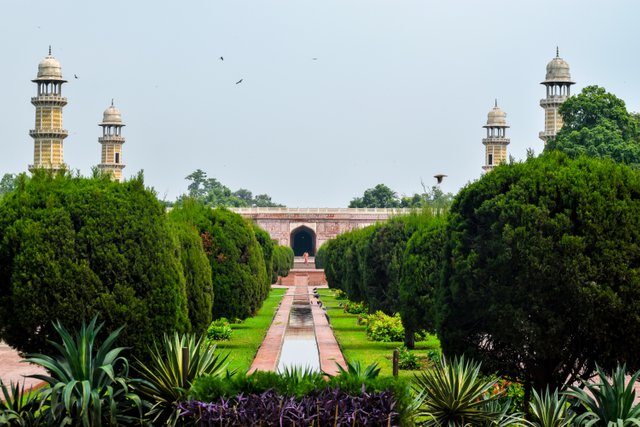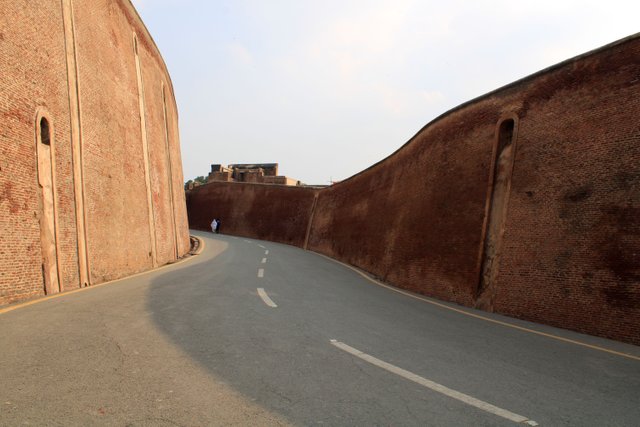
Lahore Fort, also known as Shahi Qila, stands proudly as an emblem of Pakistan's rich history and cultural heritage. This magnificent historical landmark, nestled in the heart of Lahore, is a testament to the grandeur and splendor of the Mughal era. In this article, we will explore the fascinating history and architectural marvels of Lahore Fort, shedding light on its significance and enduring allure.
Historical Background: Lahore Fort's history dates back to the early 11th century when it was initially constructed as a mud fort during the reign of Mahmud of Ghazni. However, its transformation into the grandeur we see today began during the Mughal Empire under Emperor Akbar in the 16th century. Subsequent Mughal emperors, such as Jahangir and Shah Jahan, contributed to its expansion and embellishment.
Architectural Marvels: One cannot help but be awestruck by the architectural brilliance of Lahore Fort. The fort complex covers an expansive area and is encircled by imposing walls and protective bastions. Its distinctive red sandstone structure, intricate marble inlays, and ornate frescoes exemplify the opulence of Mughal architecture. The Sheesh Mahal (Palace of Mirrors) within the fort is a jewel in its crown, featuring breathtaking mirror work and delicate glass mosaics that come alive when illuminated.
Cultural Significance: Beyond its architectural splendors, Lahore Fort holds profound cultural significance. It has witnessed the rise and fall of empires, the comings and goings of conquerors, and the evolving tapestry of Lahore's vibrant culture. The fort has been a center of art, literature, and scholarly pursuits, fostering an environment of intellectual growth and creativity.

Preservation Efforts: In recent years, Lahore Fort has undergone extensive restoration and preservation efforts to safeguard its historical and architectural treasures. These endeavors ensure that future generations can continue to appreciate the grandeur of this historical landmark.

Visitor Experience: Today, Lahore Fort is open to visitors, offering a glimpse into the past and a chance to marvel at its architectural beauty. Exploring the fort's various sections, including the Alamgiri Gate, Diwan-e-Khas, and Naulakha Pavilion, is like embarking on a journey through time.
Conclusion: Lahore Fort, with its rich history, architectural splendor, and cultural significance, remains a symbol of Pakistan's heritage. It stands not only as a historical landmark but also as a source of pride for the nation. Visiting Lahore Fort is like stepping back in time, a journey that every history enthusiast and cultural explorer should undertake.
In conclusion, Lahore Fort is not just a fortress of bricks and stones; it's a repository of stories, a testament to the grandeur of Mughal craftsmanship, and a living testament to the enduring spirit of Lahore's vibrant culture. This historical landmark is a treasure trove of history and artistry, inviting visitors to delve into the past and experience the legacy of the Mughal Empire in all its glory.
